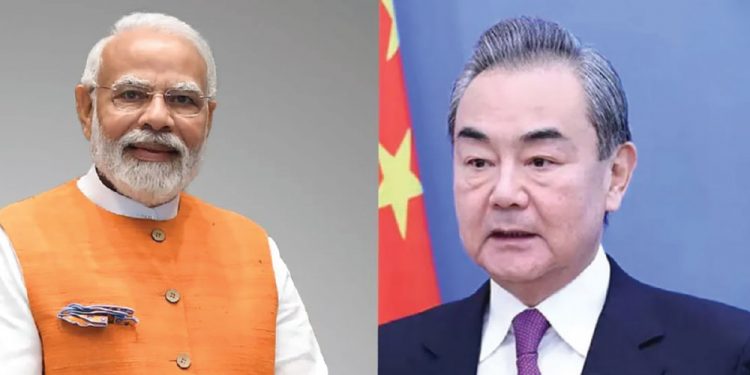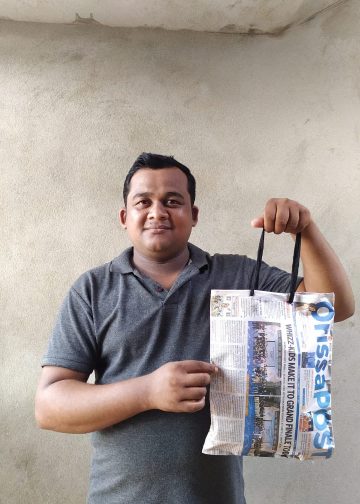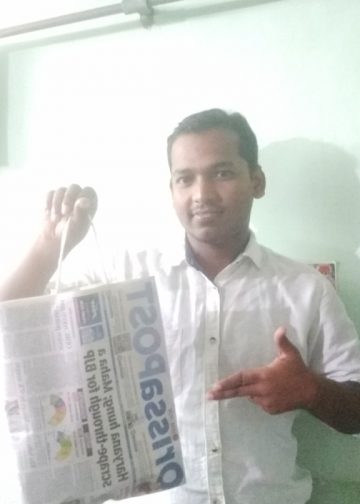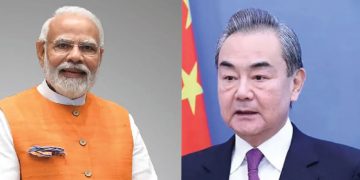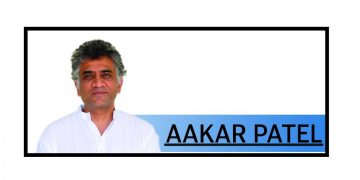This is a good moment for fruitful and significant interactions between India and China at the highest level when Prime Minister Narendra Modi met China’s top diplomat and the country’s foreign minister Wang Yi recently in New Delhi. Modi hailed the ‘steady progress’ made in improving the bilateral relationship after a years-long standoff between the two nuclear-armed Asian powers. This has happened at a time when the two nations navigate a shifting global economy upended by US President Donald Trump’s tariffs. Modi also noted “respect for each other’s interests and sensitiveness” in a statement on social media after meeting Wang.
Significantly, China’s Ministry of Foreign Affairs reciprocated the Indian PM’s diplomatic comment with the remark that said the two countries have entered a “steady development track” and they should “trust and support” each other. The rebuilding of India-China ties coincides with friction between New Delhi and Washington after Trump imposed steep tariffs on India for continuing to buy Russian oil, which the US says is fuelling Moscow’s war machine. India is learning the hard way about the risks of doing business with the US, trusting it too much and flirting with Trump as Modi did, bending over backward to placate him, throwing to the wind diplomatic conventions. This current phase is also showing how India is badly equipped politically to deal with global trade and business demands.
The US entered into partnership with India for its strategic interest, using India as a counterbalance against China’s influence in Asia. This was the main reason for making India part of the Quad security alliance comprising the US, Australia and Japan. India failed to hold a steady stand and lost out in strategic partnerships due to clouded political thinking. To the US’ glee, relations between India and China soured after the deadly clash in 2020 between troops in the Galwan region. This affected trade, diplomacy and air travel, as both India and China deployed tens of thousands of security forces in border areas. However, some progress has been made since then.
Also Read: ‘TACO’ Effect
In fact, Wang visited India this time to meet Modi with the aim of easing border tensions and strengthening ties. Last year, India and China agreed to a pact on border patrols and withdrew additional forces along some border areas. Both countries continue to fortify their border by building roads and rail networks.
In recent months, the countries have increased official visits and discussed easing some trade restrictions, movement of citizens and visas for business people. In June, Beijing allowed pilgrims from India to visit holy sites in Tibet. Both sides are working to restore direct flights. Last week, India’s Foreign Ministry spokesman Randhir Jaiswal said India and China were in discussions to restart trade through three points along their 3,488 km (2,167 mile) border. Settling the boundary issue between the two countries requires compromise at the highest political level.
Wang also met External Affairs Minister S Jaishankar and National Security Adviser Ajit Doval over the countries’ disputed border in the Himalayan mountains. The MEA said Wang’s meeting with Doval discussed “de-escalation, delimitation and boundary affairs.” The conciliatory and friendly gesture made by Wang speaks volumes for the new thinking in China to mend relations with India to the advantage of both countries, which are at the receiving end of Trump’s tariff war. India, of course, suffers far more than China. Wang said the setbacks the two countries had experienced in the past few years were not in the interest of their people.
Sounding positive over the cooperation between the two countries in view of the economic hostility of the US, Wang said it was gratifying for China to “see the stability that is now restored in the borders.” Given the chequered history of Indo-China relations, it is premature to judge China’s motive to extend the olive branch to India, especially after the recent Operation Sindoor had revealed how Pakistan could rebuff India’s offensive with the help of Chinese military hardware and intelligence. At the same time, it is of urgent necessity for India’s foreign policy to be tailored in such a way that it does not embrace too tightly a powerful and unpredictable ally such as the US, thereby closing doors to other powerful nations.
There is every possibility that China may take advantage of the current frosty relations between India and the USA to advance its own economic, military and territorial aspirations. But that does not mean India should put most of its eggs in one basket as it did in the case of the US. It needs to be circumspect about China’s statement of backing India for Trump’s skewed tariff policy vis-à-vis India, even while closing ranks with China for taking on the US tariff aggression.

